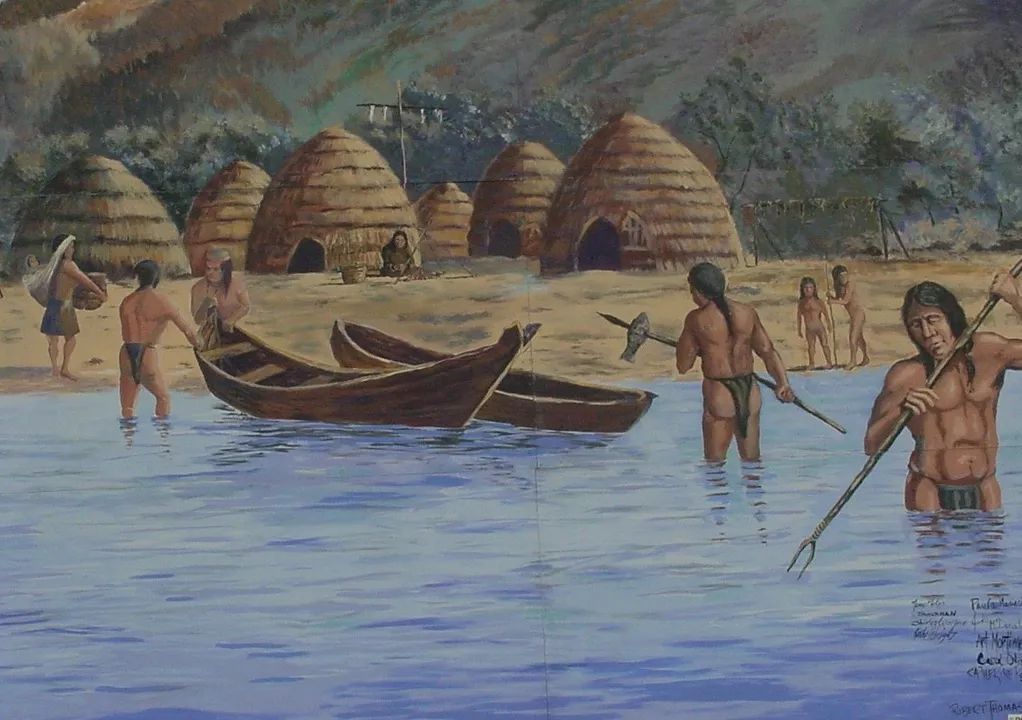Native American Tribe: What You Need to Know
If you’re curious about Native American tribes, you’ve landed in the right spot. These communities have lived across North America for thousands of years, shaping the land, art, and stories we know today. In this guide, we’ll break down the basics—who they are, what they believe, and how they stay strong in the modern world.
Who Are the Native American Tribes?
Native American tribes are groups of Indigenous peoples who share a common language, culture, and history. There are over 500 recognized tribes in the United States, ranging from the Navajo in the Southwest to the Haudenosaunee (Iroquois) in the Northeast. Each tribe has its own government, traditions, and ways of life, so it’s important not to lump them together as one monolithic culture.
Most tribes originally organized around family units called clans, and their societies were built on respect for the land, community cooperation, and spiritual beliefs that linked people to nature. Hunting, fishing, farming, and gathering were daily activities, and each tribe adapted those practices to their local environment.
Key Traditions and Everyday Life
Food, art, and ceremony sit at the heart of tribal life. Traditional foods like maize, beans, squash, salmon, and buffalo still appear on many tribal menus, often prepared with recipes passed down for generations. Crafts such as beadwork, pottery, and weaving showcase each tribe’s unique style and tell stories of their ancestors.
Spiritual practices vary widely but usually involve a deep connection to the Earth. Many tribes hold seasonal festivals, powwows, and harvest celebrations that bring families together and reinforce cultural values. These events feature dancing, drumming, and storytelling—all ways to keep language and history alive.
In the 21st century, tribes balance preserving heritage with modern demands. Some run successful businesses like casinos, tourism ventures, and renewable energy projects that fund schools, health clinics, and cultural programs. Others focus on language revitalization, using online tools to teach younger members the words their grandparents spoke.
When you visit a tribal museum, attend a powwow, or read a book written by an Indigenous author, you get a glimpse into a world that’s both ancient and evolving. The best way to learn is to listen, ask respectful questions, and support tribal initiatives that help communities thrive.
So whether you’re planning a trip, doing research, or just want to understand more about the people who first called North America home, remember that each Native American tribe has its own story. Keep an open mind, stay curious, and you’ll discover a rich tapestry of culture that’s still being woven today.



